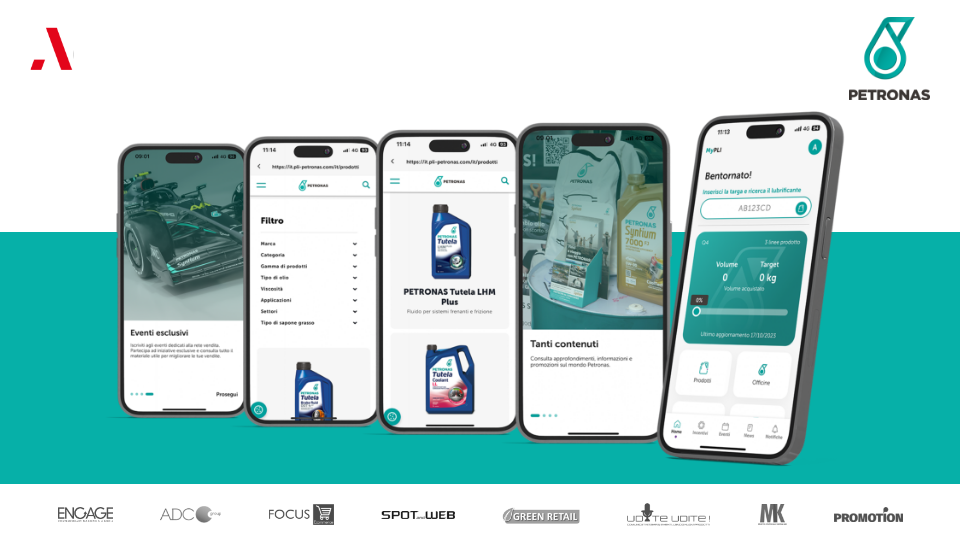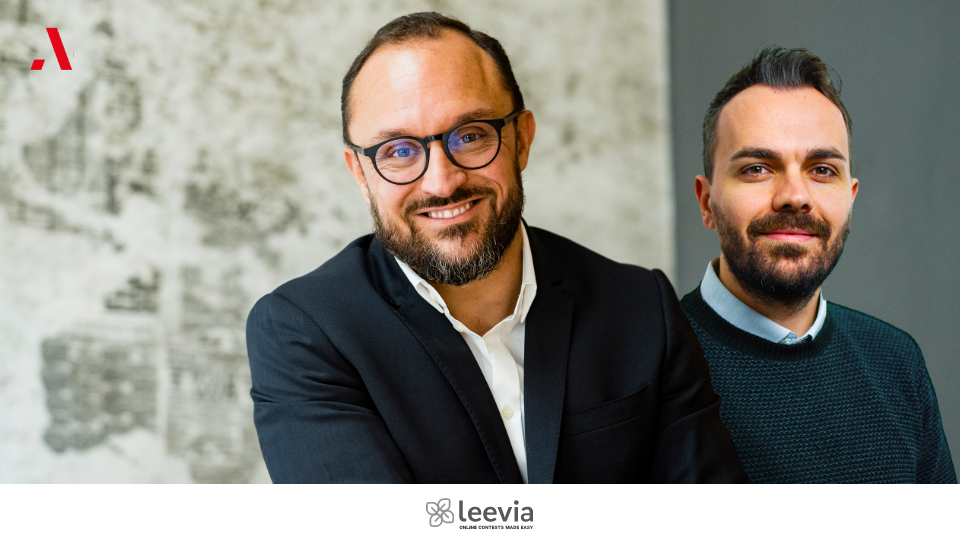In collaboration with Flying Tiger Copenhagen, we have reimagined loyalty with a new gamification app that was a winner at the International Loyalty Awards in Dubai
The project, recognised as the Best Gamification programme on the international level, puts the user at the centre of a customer experience driven by behavioural loyalty models.

Together with Flying Tiger Copenhagen, we have reimagined the logic of engagement and loyalty for the phygital world to overcome static customer journeys. The common thread that guarantees continuity in the brand's two-way communication, linking its physical stores to the digital environment, is fed by a dynamic ecosystem aimed at maintaining a day-by-day relationship with the user. The app we have designed for Flying Tiger Copenhagen customers serves a dual and fluid use, both in-store to check in and use discount coupons, and out-of-store to find out more about the Flying Tiger world and actively participate in the life of the community: people are thus the focus of the brand's attention and are involved beyond their shopping habits.
It is gamification that offers a crucial connection tool that calls on users to get involved: a continuous and functional interaction is thereby stimulated even outside the points of sale, which pushes the user to obtain additional benefits by exploring new products and services or contributing to the company's R&D. This process guarantees the collection of in-depth data and information, because each action allows the user to accumulate two types of coins: FlyingTigerCoins (FTCs), which can be used to unlock rewards, such as discount coupons to be used in-store simply by scanning the QR code of the chosen coupon at the checkout, and Experience Points (XP), which can be used to unlock levels and related advantages in the game world. However, the stores have been designed as places that assign value to all those who decide to visit them, regardless of what they buy: users can check in every time they visit by holding their smartphone up to the posters displayed in the store. The approach to the relationship with consumers is thus subverted by recalibrating the behavioural loyalty strategy from a democratic perspective, such that it is no longer aimed only at high-spending buyers but focused on the entire customer base to meet their expectations, welcome them, and engage them, above all attributing a high value to this connection.
Gamification also integrates different kinds of missions: transactional missions if a purchase has been made, or behavioural missions by answering quizzes and surveys about the user's preferences or habits. The benefit of the programme is undoubtedly that the information collected contributes to sustainability, facilitating better management of future assortments to reduce unsold products, thus limiting the less popular products.
All the data useful for clustering and thus for composing targeted communications serves to confirm the approach according to which the programme engages people primarily as people and not because of their status as customers. The innovative element of the programme is in fact the inclusive model that makes it possible to expand a customer base that is active, cross-generational, and stimulated, in order to reduce dormancy rates and offer opportunities for everyone, regardless of their purchasing rate.
All these features contributed to the app winning the Best of Gamification award at the International Loyalty Awards in Dubai – as it was developed precisely to shorten distances for its customers by building customer journeys in line with their attitudes.













